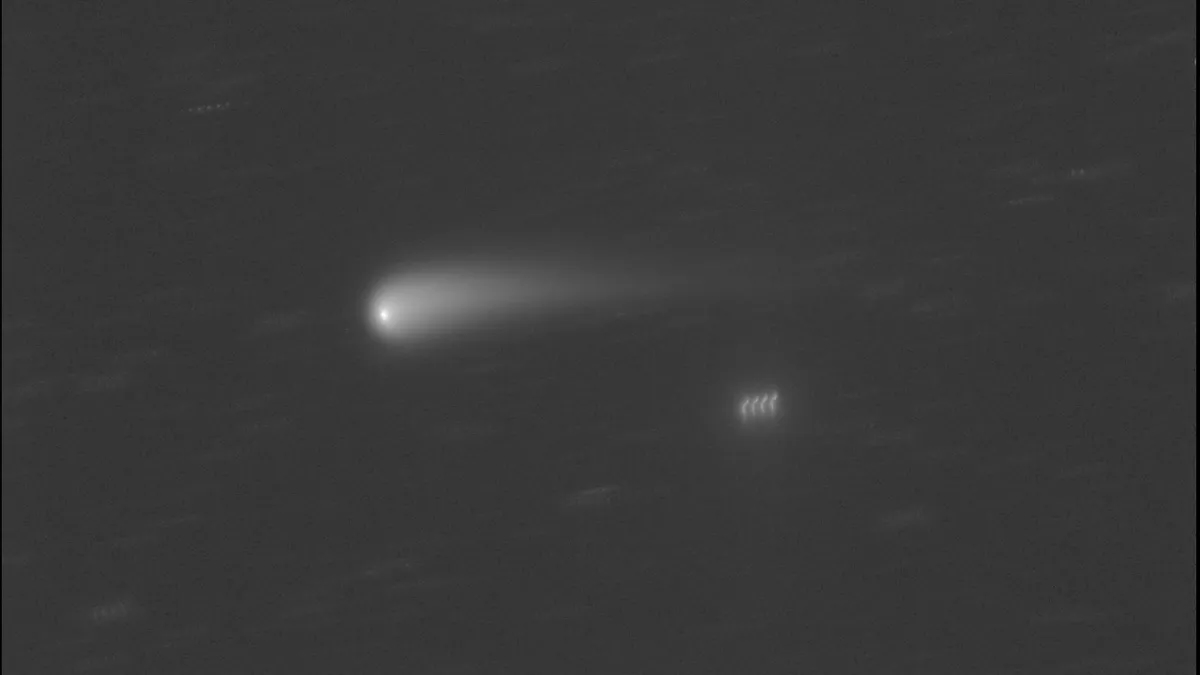Agronomy, Vol. 13, Pages 2512: Fine-Root C:N:P Stoichiometry and Its Driving Factors Are Different between Arbuscular and Ectomycorrhizal Plants in China
Agronomy doi: 10.3390/agronomy13102512
Authors: Manman Jing Zhaoyong Shi Xushuo Gao Jiakai Gao Shanwei Wu Xiaofeng Xu Shouxiao Xu
Fine roots are essential for terrestrial biogeochemical cycles. Mycorrhizal fungi’s functions in regulating the uptake of carbon (C), nitrogen (N), and phosphorus (P) in plants are increasingly being recognized. However, the influence of mycorrhizae on Chinese plants’ fine-root stoichiometry has not been considered. Herein, 772 plants with identified mycorrhizal types were divided into arbuscular mycorrhizal (AM) and ectomycorrhizal (ECM) types to investigate the differences in their fine-root stoichiometry and their driving factors. The results showed that the AM and ECM fine-root stoichiometries were significantly different (p < 0.001; p < 0.05). The AM plants’ fine-root stoichiometry was mainly affected by the soil environment (8.76–90.12%), while ECM plants were more sensitive to climatic factors (23.51–52.41%). Further analysis showed that the mean annual temperature (MAT) was significantly correlated with AM plants’ fine-root C and P and ECM plants’ fine-root N and P. Mean annual precipitation (MAP) was significantly correlated with all AM plants’ fine-root elements (p < 0.01) but was only negatively correlated with ECM fine-root P. It was concluded that the mycorrhizal type affects the response of the fine-root stoichiometry to climate and soil variations. Therefore, the mycorrhizal effect deserves attention when studying the relationship between plant nutrient uptake and environmental changes.

 7 months ago
26
7 months ago
26


